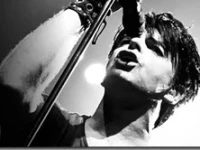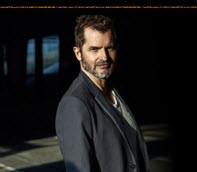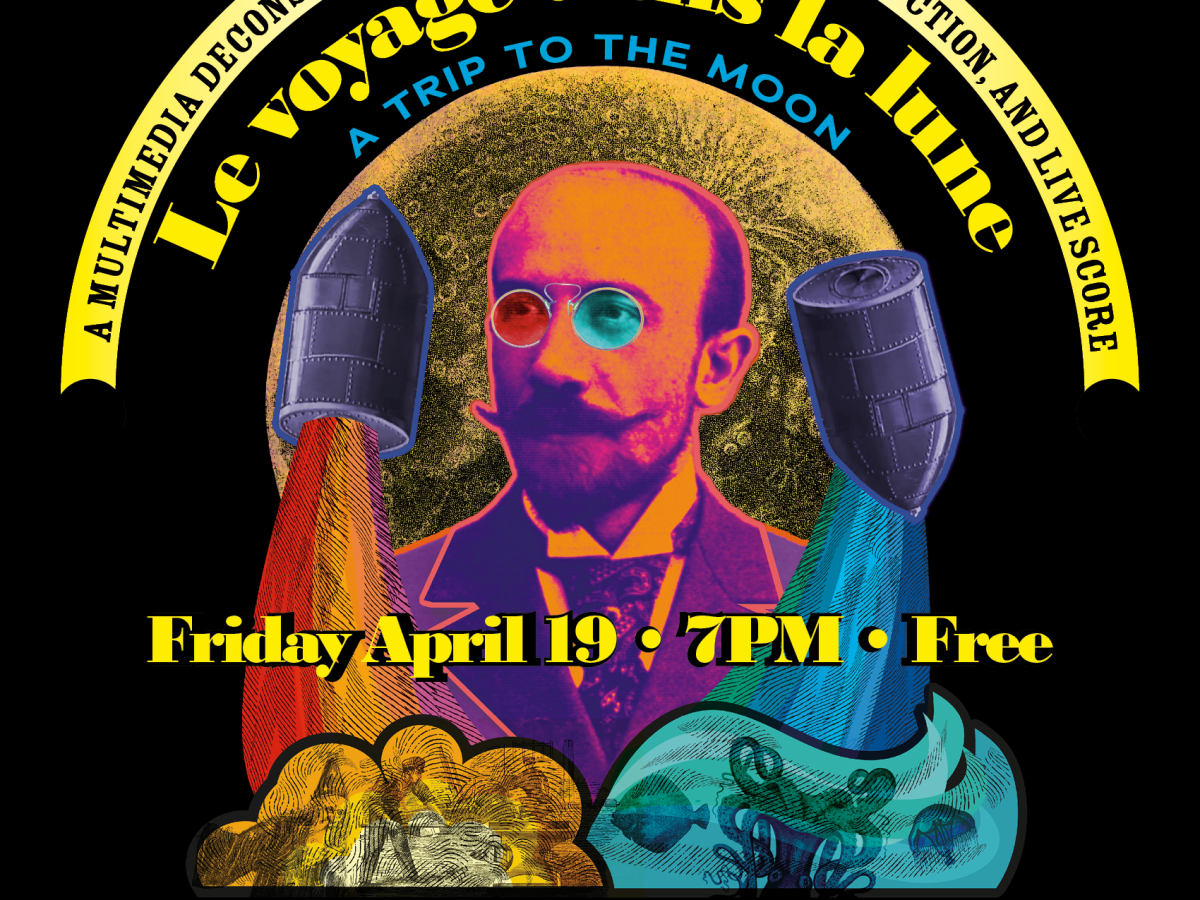Ableton Live 11 released back in February so I’m a bit late with this post.
I had the pleasure of contributing a teeny bit to the release of Live 11 as a freelance consultant and sound designer – woo hoo!
I worked on MPE related sounds and ended up with 4 sounds in Live 11’s core factory sound library which is an incredible honor.
In this post I’ll show you how to find the MPE sounds and make the most of the factory presets. Ableton is a super cool company and they are kind enough to credit both internal and freelance sound designer’s. So I’ll also show you how to find sound designer credits so you can see who made your fav sounds. Lastly, I’ll discuss some behind-the-scenes info on the presets I made for Live 11 launch.
Ableton Factory MPE Sound Tips
MPE Sounds in the Core Library

Live 11 added MPE support so the core “Sounds” library now has a folder called MPE Sounds as shown by Label 1 in the diagram above.
Making the Most of MPE Sounds
Explore Each Sound Across All Dimensions of Your MPE Controller
There sounds MPE core library are super expressive and there are also a lot of dimensions of control with MPE. So if you want to hear all the possibilities of a preset make sure you try all these sounds across all octaves. As you play notes try different velocities and pressures. Also, strike and slide across the vertical range on these notes as some sounds take advantage of “Slide” as a modulator to radically change a sound.
Expand Instrument Racks to Use Macro Variations

By default, the Instrument Racks in Live 11factory sounds are collapsed with only 8 macro knobs showing. Click the “Show / Hide Macro Variations” control (See Label 2 in diagram above). This reveals variation snapshots if the sound designer created any. Click on a variation to snaps the macro knobs to new positions. Therefore, selecting a variation can take these presets in entirely new directions. If you have clip automation on these knob movements are also recorded as automation into the clips. Click “Rand” to randomize parameters.
Use the MPE Control Device to Tune for Your MPE Controller

Get to know the MPE Control device (Label 3 in diagram above) so you can tweak and tune for your particular MPE controller.
Remember Push Now Has Poly Pressure
Also a reminder that if you don’t have an MPE controller yet, Ableton Push 1 & 2 were updated to add poly-pressure. See my blog post Getting to Know Ableton Live 11 + Push 2 Polyphonic Pressure.
Pro Tip: If you have a Sensel Morph, make sure you get the recent firmware update which offers a “Jump Mode”. This mode adds pitch rounding which makes it much easer to land on a patch as you slide from one note to the other.

I found it really increased playability with the piano overlay. Speaking of Jump mode and Live 11 Factory MPE presets, I just recently a new soundscape called “Beware the Siren Call of the Like Machine” on the Sonic Encounters podcast. You can listen on SoundCloud, Apple Podcasts, or use this feed for your fav podcatcher.
The haunting opening melody and bass lines were played live using a Sensel Morph in Live 11 using very expressive Live 11 factory MPE sounds created by the amazing Ableton sound designers Huston Singletary and Robert Bruce. More notes on this song here.
Sound Designer Credits

If you’d like to see who made a preset hover over the instrument rack bar (Label 4 in diagram above).
My MPE Sounds in the Core Library

I have four sounds in the core library circled in red above. Here are a few notes about each preset. I intentionally left audio demos our of this post as they don’t do the sounds justice compared to playing them interactively via an MPE controller.
MPE FM Land

This preset offers a player access to many dimensions of classic FM timbres through a variety of expressive moves. It’s based on Wavetable and also makes use of these updated and new devices: Frequency Shifter, Chorus-Ensemble, Echo, Spectral Resonator, and Reverb.
Performance Notes:
- Playing Staccato sounds like a classic FM electric piano.
- Sustained notes swell from an electric piano to more complex harmonics which change in character across the key range.
- Pressure reveals a classic FM brassy timbre.
- Slide modulates position on Wavetables 1 & 2 offering subtle harmonic variation.
- Mod Wheel increases wet / dry on Spectral Resonator.
- There are many Macro Variations.
MPE Sci-Fi Flicks

This preset is based on a rack of 5 Ableton Samplers. It uses the updated Redux, Auto Pan, and the new Spectral Time, and Hybrid Reverb.
Performance Notes:
- “Slide” position controls which of the 5 samples play when you trigger a note so strike up and down along the vertical zone of the each key.
- Mod wheel controls a huge pitch dive. Kind of like slowing a tape down.
- Pressure offers a slight dampening of filter.
- Velocity controls volume.
MPE Slide Swarmer with Ableton Wavetable

This preset is inspired by the Swarmatron boutique synth which was used by Trent Reznor and Atticus Ross in the film the social network. Here is a brief clip of them discussing and using it.
The idea is to use a series of sawtooth-like waveforms and use a ribbon controller to pull multiple oscillators out of tune to create a swarm of pitches.
I was inspired to try and make my own version of this idea using Slide as the ribbon controller. The resultant preset is a bit of a showcase on how nested racks with MPE can be used to achieve a specific complex sonic result. Using the nested macro knobs I offer the option to add more oscillators at ever increasing intervals of detune.
Performance Notes:
- Start playing with a light touch at bottom of keys. Velocity sharpens attack
- Pressure adds “beating” via Frequency Shifter
- Slide “taffy pulls” detune of the Swarmers
- Mod wheel increases reverb depth
- Bring in more extreme detuning by using Macros to increase volumes of additional swarmers with increasing levels of detune
MPE Source Bass

This preset is inspired by my Moog Source and is based on Wavetable. It uses the Echo, Hybrid Reverb, Phaser-Flanger, and Limiter.
Performance notes:
- “Slide” is set so that playing higher up on the vertical access of a key adds more reverb. Try tapping very lightly at the top of the key.
- Mod Wheel increases pulse rate.
- Velocity increases volume of sound.
- Pressure adds more complex harmonics and sweeps the filter. NOTE – In higher octaves the buzz sound goes away resulting in a more classic Moog-like timbre.
Closing Thoughts
I hope you found these tips and this behind-the-scenes look at Live 11 MPE informative and that this post inspires you to dig deeper into the MPE Factory presets. Exploring the factory presets will reveal techniques that will help you tweak these sounds and perhaps help you start your journey to designing your own MPE sounds in Live 11.
Subscribe
If you’d like to receive blog posts via email opt-in below.



















